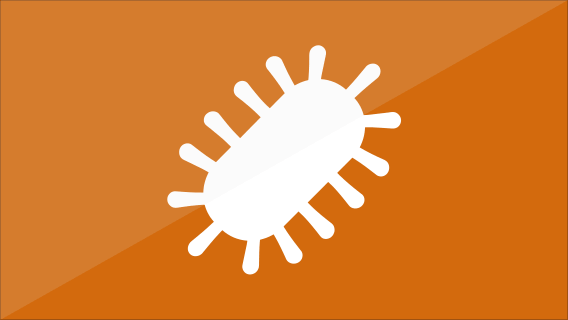Curricula
 Bacterial Transformation
Bacterial Transformation
In this lesson, students explore genetic engineering through bacterial transformation of the pKiwi plasmid producing fluorescent green bacterial colonies. Transformation is used widely in biotechnology, ranging from the production of human insulin, to introducing genes coding for traits such as frost, pest or drought resistance in plants. After transforming E. coli bacteria, students use the results to draw a scientific model that explains how the fluorescent bacteria were produced.
In the online version, students watch point of view videos to identify the necessary steps for a successful bacterial transformation. Students then analyze pictures of actual experimental results to inform their scientific model.
Learning Objectives
- Use the process of bacterial transformation to introduce a fluorescent jellyfish gene into E. coli bacteria
- Define “genetic engineering” and describe examples of genetically modified organisms
- Explain what happens inside transformed bacteria to produce a new trait using cause-and-effect language and by creating a scientific model
Prior Knowledge
- Structure and function of DNA
- Relationship between genes and the proteins they code for
- Bacteria as a model organism
- Basic role of antibiotics
In order to access any Curriculum resource, please or if you haven't already done so.
Disciplinary Core Ideas:
LS1.A – Structure and Function
“…genes are regions in the DNA that contain the instructions that code for the formation of proteins.”
LS3.A – Inheritance of Traits
“…genes (expressed) by the cell may be regulated in different ways…”
Science and Engineering Practices:
Developing and Using Models
Constructing Explanations
Students explain how bacterial transformation leads to a new trait by creating a graphic model and writing using cause-and-effect language
Crosscutting Concepts:
Systems and System Models
Bacterial transformation is a model for manipulation of gene expression in genetic engineering
In order to access any Curriculum resource, please or if you haven't already done so.


